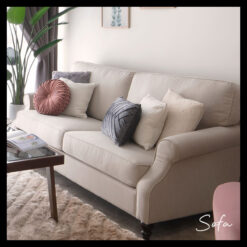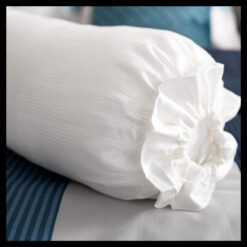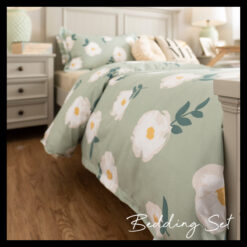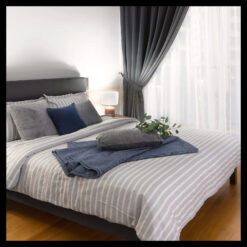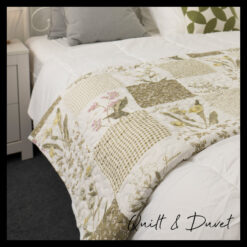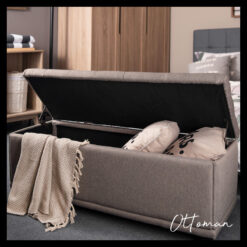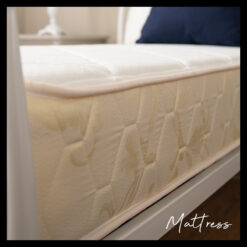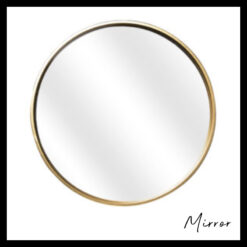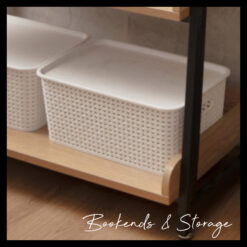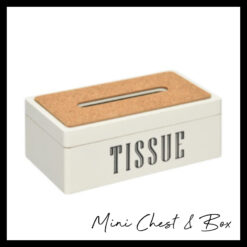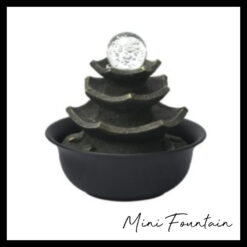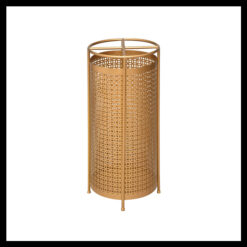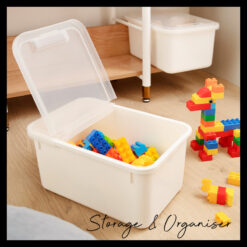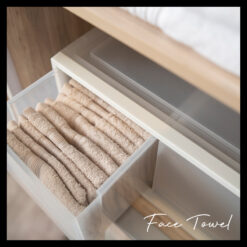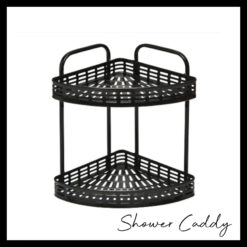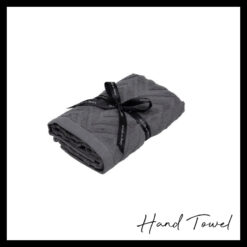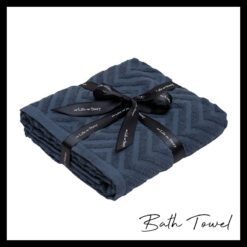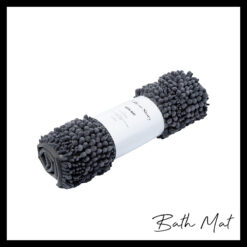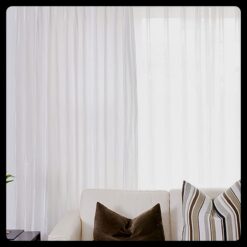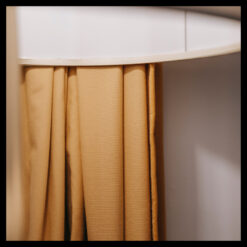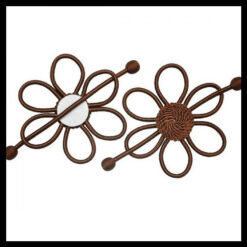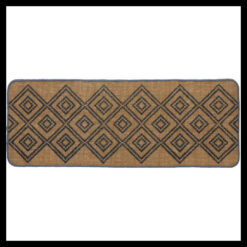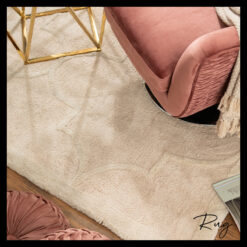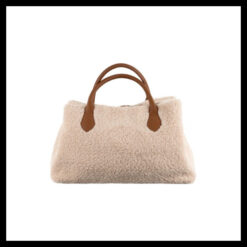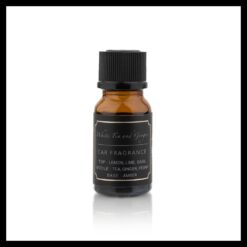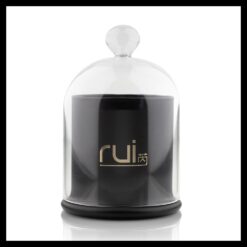No products in the cart.
Lifestyle
Allergy-Safe Bedding: A Comprehensive Guide
Bedding: Something we’re intimately attached to, and yet frequently forget about when night has passed. It’s not just about thread counts, patterns, and sizes; the right choice of bedding for you relies on many other factors! Here’s our guide for how to choose allergy-safe bedding!

Allergy-safe bedding is breathable
There are two typical types of sleepers in this world: Those who wake in the middle of the night bathed in sweat, and those who wake shivering because the air conditioning is too cold to bear. If you’re the sort who can sleep soundly through the night, congratulations – you’ve hit the restful sleep jackpot and we’re all jealous.
It’s an unfortunate fact of life that the sweet sleep spot differs from person to person. What is too hot for someone may be too cold for another, and the inverse is also true. Someone with dry skin may not take well to prolonged use of air conditioning. On the other end of the spectrum, someone prone to heat flashes would likely prefer cooler temperatures throughout the night.
To help, you can look to a combination of air conditioning, ceiling and standing fans, self-timers, and open windows. Don’t forget to factor in seasonal night temperature changes!
Ultimately, a great point to note is this: different types of bedding materials provide different feels and warmth levels. Avoid the fluffy down quilts if you’re prone to sweating through the night and look to soft cotton or breathable linens instead! And if you and your partner have the exact opposite preferences, worry not! Silk and wool are both temperature-regulating options with the ability to cool and warm as needed!


Combat allergies with your choice of materials
Dust mites and fungal spores can both be detrimental to the health of allergy sufferers! If you’ve ever found yourself sneezing for no visible reason or itching and scratching at night, it may be time to change out your bedding. Symptoms such as itchy, swollen eyes, runny nose, coughing, itchy skin and rashes are all good indicators that an allergic attack has been triggered.
The right bedding will help to minimise the impact of dust mites and fungal spores on your health! Experts recommend tightly-woven materials with a pore size of below 10 microns, as this will help to keep mites out. Silk, wool, and cotton are all naturally hypoallergenic, breathable, and provide temperate climates for sleeping at night! Additionally, both wool and silk are resistant to dust mites, as well as mould and bacteria growth. Though linen is also hypoallergenic, it tends to be a little bit coarser, and can sometimes exacerbate your allergic symptoms.
Ultimately, it’s not uncommon for people to have different reactions to fabrics, so it’s a good idea to test your bedding out by brand and by type! Remember: Different manufacturers process their materials differently, and silk from one company may not react the same way as silk from another!
Related: How Often Is Too Often: Bed Linen Washing Tips


Make sure your allergy-safe bedding can hold up in the wash
The material of your bedding may be an important part of keeping the sinuses away, but that’s not all! Proper and frequent cleaning is required to make sure you continue to sleep undisturbed. For this purpose, you’ll want to make sure your bedding is made of sturdy materials that will hold well to thorough cleaning, whether it’s washing, sunning, or drying. Some of the most sturdy materials include linen and cotton, both of which are very breathable and easy to care for.
Check if you’re allergic to dye
If you have particularly sensitive skin and are prone to eczema and dermatitis, check how your bedding was dyed! Look out for chemical-free and natural dye when making your purchases. Always give brand new bedding a thorough wash before using it for the first time; if you appear to be having an allergic reaction, don’t panic just yet! Try and change up your washing detergent to see if you get a different reaction. If you continue to have adverse reactions to new bedding, you’ll need to change them out.




